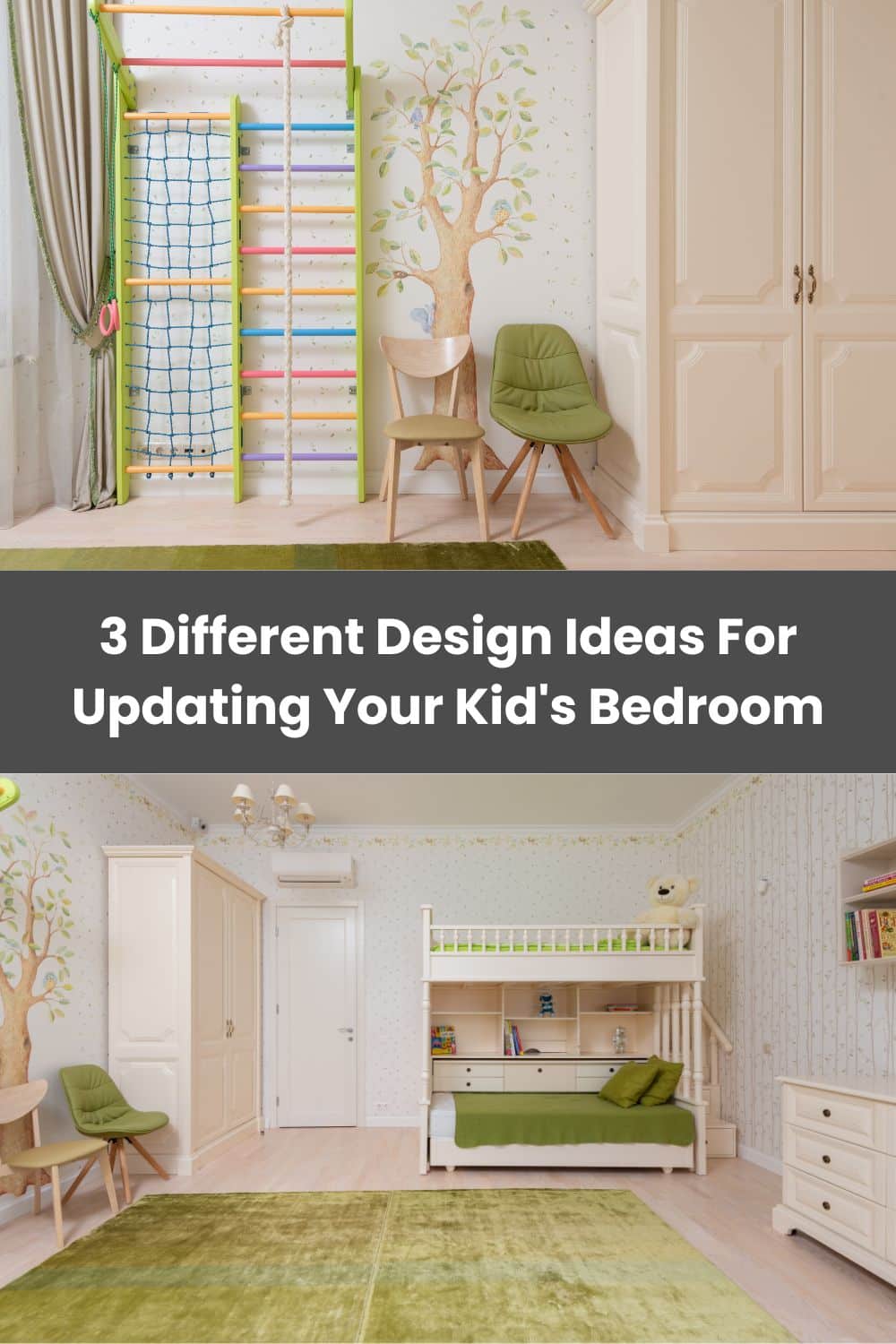Writing a blog post about design ideas that can help you update the look of your kid’s bedroom? Consider using the three main types of design strategies: horizontal or vertical, symmetrical or asymmetrical, and monochromatic or multi-colored. Each strategy has its own set of advantages and disadvantages, which you can outline in the body of your blog post to help your readers decide which one would be best to implement in their kid’s bedroom.
Choose a specific color scheme
Designing a room for children is a different process than designing one for adults. The design needs to be fun and playful, but also safe. The room needs to provide an environment that is conducive to learning, creativity, and exploration. To accomplish this, it is important to choose a color scheme that creates balance in the space.
A good example of a color scheme that creates balance would be red with blue or green.
Adding accents of bright colors can help create interest in the room without overwhelming it with too many colors or patterns. Be careful not to choose too many shades of any one color as this will make the room feel closed-in and oppressive.
You want your child’s bedroom to feel like a welcoming place for them to explore, learn, and play. It should offer an inviting atmosphere for all their creative endeavors. One way to do this is by keeping some parts of the room light and airy, such as using white curtains with natural light streaming through.
Other ways are adding artwork on the walls or getting more furniture pieces for storage so there isn’t much clutter. All three design ideas come from my own experience renovating my son’s bedroom when he was younger. I hope they give you inspiration and start you off on your journey to update your child’s bedroom.
Use green peel and stick wallpaper with limited designs, stripes, and polka dots. Include a patterned rug for contrast and plenty of pillows. There should be enough storage for toys at the foot of the bed. Hang geometric wall art throughout the room which would fit well in either a blue or yellow-themed space. Brightly colored curtains and bedding are perfect for completing this look.
Wall art
Consider wall art that reflects your child’s interests, like a favorite movie or band. Wall decals are an easy way to add character to the space, and they’re removable when it comes time for a change.
They come in many different sizes, shapes, and colors so you can find one that suits your design needs. If you’re feeling more ambitious, consider painting a mural on the walls or ceiling of your child’s room. If you want something more temporary, try using masking tape to create a design on the wall before adding paint over top.
Finally, you may want to consider furniture with storage such as dressers and nightstands that will provide much-needed storage space while maximizing your limited square footage. You might also want to think about bedding options, including bunk beds which maximize floor space.
In addition, think about other ways you can make use of the space around your kid’s bed–they often have plenty of floor area where their toys could be stored out of sight but still within reach. A small desk in this space could provide extra workspace during the day, too.
Alternatively, consider shelving units (or even hanging shelves) near the headboard or at the foot of the bed if you don’t have enough floor space available. The higher up these are situated, the less likely it is that little hands will be able to reach them–a plus for parents worried about safety.
Lastly, remember that even though kids grow fast–so does their bedroom! It won’t take long before they’ll need a new layout entirely. Now is the perfect time to start planning ahead by choosing pieces with styles that will stand the test of time.
Play with colours
Peel and stick removable wallpaper for teenagers is a great way to create an all-over pattern on the ceiling without a lot of effort. Using a paint pen, mark off the area that you want to paint and then fill in with your desired colour. Try using contrasting colours for the top and bottom to make it really stand out or using complementary colours for a more subtle look.
More ways to change up the room: If you don’t have access to the ceiling, try painting a mural on the wall near your kid’s bed. Pick out some inspirational photos and use them as guidelines for what should go where.
You can even set up a projector so they can see it as they fall asleep at night! Consider making their bed into something else by turning it into either a couch or bookshelf depending on what suits your needs best. They will be happy when they come home from school to a cozy place to read or watch TV. With these three design ideas, you are sure to find one that fits your child’s personality.
Arielle mentioned. Arielle also told us how changing up the room every year helps her daughter stay interested. She loved last year’s dollhouse to a play kitchen this time around. There’s always something new to explore. The play kitchen was perfect because my daughter has recently become obsessed with cooking shows, she said. It was just the right size for her bedroom. What do you think? Will your kids love any of these designs?





Leave a Reply